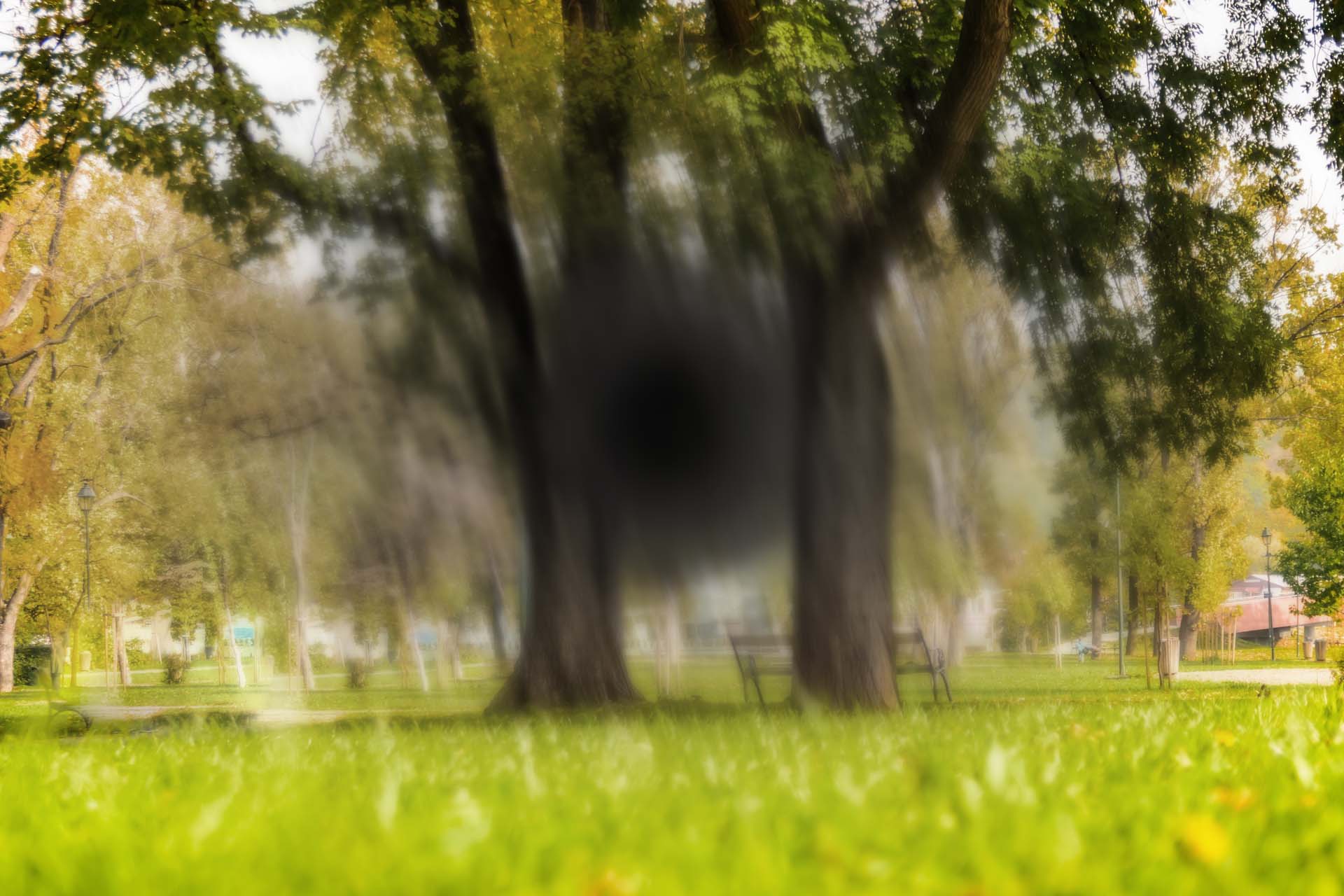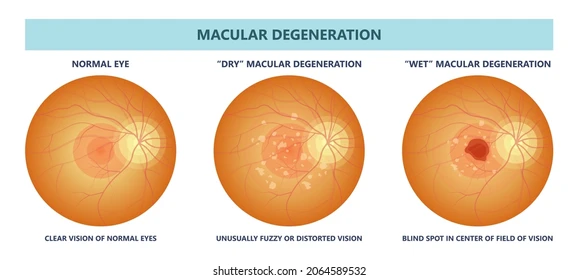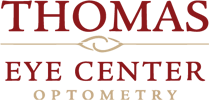Dry AMD and Wet AMD
Age-related Macular Degeneration
Most common cause of irreversible vision loss for people over the age of 60
Age-related macular degeneration (AMD) is the most common cause of irreversible vision loss for people over the age of 60. It is estimated that 2.5 million people in developed countries will suffer vision loss from this disease, and that about 200,000 new cases will be diagnosed every year.

Two types of age-related macular degeneration
The macula is responsible for your central, straight-ahead vision that is necessary for functions such as reading, driving a car, and recognizing faces. There are two types of age-related macular degeneration: Dry AMD and Wet AMD.
Dry AMD
Dry AMD is the most common form and is characterized by thinning of the macular tissue, develops slowly, and usually only causes mild vision loss.
Wet AMD
Wet AMD is characterized by abnormal growth of new blood vessels under the macula where they leak and eventually create a large blind spot in the central vision. Wet AMD is a much greater threat to vision than Dry AMD.
It is possible over time as the disease progresses that Dry AMD can change into Wet AMD.

Risk factors of Age-related Macular Degeneration:
- Age (most common in people over 60)
- Family History and genetics
- Race (most common in Caucasian people)
- Smoking
- Obesity
- Cardiovascular disease
Routine Eye Exams
It’s very important to have routine eye exams to identify early signs of macular degeneration. The only management for Dry AMD is taking AREDS 2 vitamins, having a diet rich in green leafy vegetables and fruits, and incorporating omega-3 fatty acids in your diet.
Once Dry AMD progresses to Wet AMD, a retina specialist will be involved in managing the disease.
Treatment and management for wet AMD includes anti-VEGF injections, photodynamic therapy, laser photocoagulation, and low vision rehabilitation.
